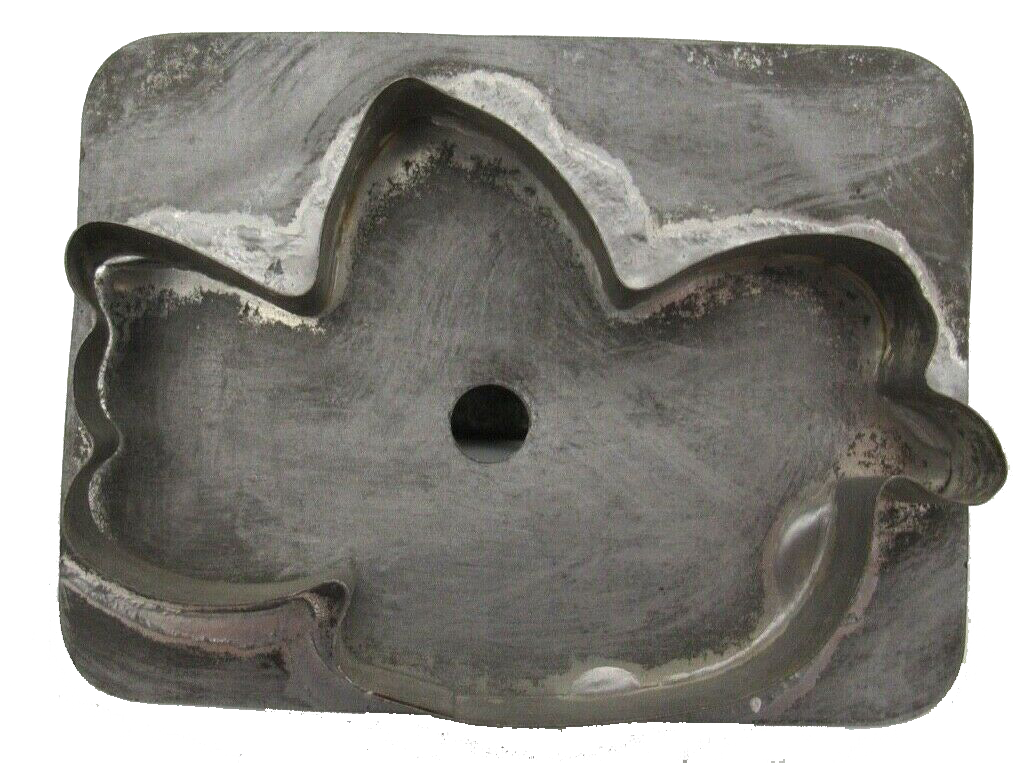HYPERFLUSH
OCTOBER 14, 2022 late summer sunspots like deep orange yolks; blushing fungus, luna moth on your garage door; dusk mowers, liquid sunset, sugar water libation, salt, fire, wind, white noise; fruit, hyperflush
While researching the use of fig sap as a milk coagulant, I found the Italian term Formaggio a Foglia di Fico. This translates to Fig Leaf Cheese, which, from what I understand, may not always refer to cheeses coagulated with fig sap but more important, wrapped in fig leaves. However, translating sap into Italian and back again I found another thread. The word linfa means sap in Italian but in English, the first translation is lymph. Not the same, not quite so different; both have biological definitions. Sap is a fluid transported through a plant’s cells, carrying water, inorganic nutrients, and sugary fluids among other molecules. (In somewhat of an opposite way, to sap means to gradually weaken someone’s power). Lymphatic fluid in the lymphatic system works similarly to plant sap, carrying white blood cells that fight against disease and infection.
In mythology, the word lymph can refer to “pure water” or Lympha, the ancient Roman goddess of fresh water and one of twelve agricultural deities.
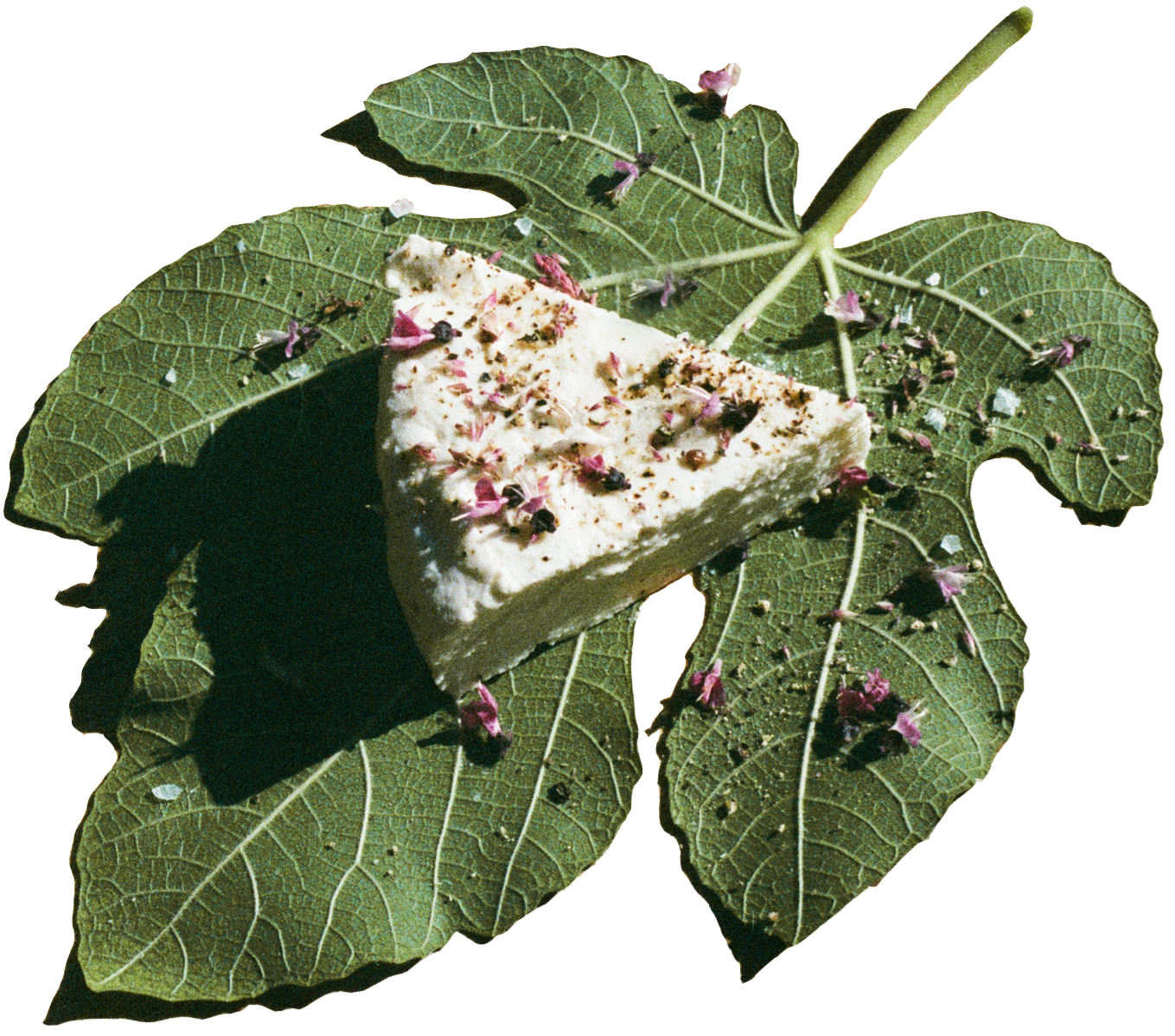


DISPATCH 02 - YEAR 05: HEAT
The city is inflamed — a throbbing mass humming with heat. I run to the cherry tree’s shadow spreading thinly across the sidewalk. The concrete beneath me is a reservoir, holding onto liquid sunshine. Another warm body attaches itself to the tree's trunk. A green man, skin unclouded by sun spots; hair shiny and photosynthesizing. As quiet as a breeze he tells me, “the world, our world, is depleted, impoverished enough...we must soak in what we can, preserve our energy, and reflect it onto others; bracing ourselves for the eventual decay.”
︎ FIG SAP CHEESE ︎
INGREDIENTS
Half a gallon of whole milk (NOT “ultra” pasteurized)
1 cup of heavy cream
Juice of ½ lemon
Salt
Several fresh fig leaves
A small fig branch
A few drops of fig sap
A cheese mold or cheesecloth
A fine mesh strainer & a place for the whey to drain

To forage for fig sap, bring a small jar or container to catch the milky droplets as you pick figs and leaves off the tree. Since the sap can irritate the skin, I wore gloves while foraging. I also cut off a small fig branch with some additional leaves on it. I wanted to test both types of recipes I found — one method uses a branch and lemon juice while the other method uses just sap — but I believe the fig sap droplets are the most potent coagulant and the process would work just as well without the branch.
Add the branch (I carved the bark off first and cut it in half), milk, and cream to a pot and slowly warm it up until it reaches 122° F. Then, turn off the heat, close the lid, and leave it alone for 30 minutes. If you have a cheese mold, this is the time to add the leaves to the basket. Set the lid tightly inside to mold the leaves to the shape of the basket. If you are using cheesecloth, line a fine mesh strainer with several layers (using big enough sheets to allow the ends to be tied) and set the strainer over a large bowl.
After 30 minutes, remove the branch, and add a good pinch of salt, the lemon juice, and the fig sap. Turn the heat back on low, slowly warm the cheese and stir gently as the curds separate from the whey. Leave for 15 minutes undisturbed. Cut the curd into cubes by slicing in one direction, then perpendicularly, and finally in a diagonal-horizonal way to break up the long columns you created. Mix gently in one direction for another 10 minutes.
Separate the curds from the whey using a ladle or slotted spoon. (I find it best to scoop large curds first instead of just pouring the whole pot.) Gently compress the curds into the mold and push them down with the lid. Leave it at room temperature for two hours and then move it to the fridge, emptying the bowl or drainage container of liquid as needed.
After a day in the fridge, lay excess leaves on top of the cheese and flip it over. The cheese can be eaten at this stage or left in the fridge for 5 days. After these initial 5 days, it may be cured for longer in a cheese cellar with a temperature of around 50° F. I chose to eat my cheese after two days. It was delicious and creamy!
NOTES ︎
- I followed this recipe with slight adaptations.
- Fig sap droplets can be dissolved in water to get the residue off the container.
- While this recipe only calls for fig sap, you will need to pick figs and leaves to get it. Ripe figs can be eaten, and unripe figs can be preserved in syrup,
- If you do not want to wrap your cheese in leaves, they can be dried for tea, made into a simple syrup or infused in oil. Their fragrance is unique and pleasant.
- As for the whey, there are many unique ways others have used excess whey in the kitchen but one way I’ve utilized whey was 1:1 in place of other liquids like water or milk in baking recipes.
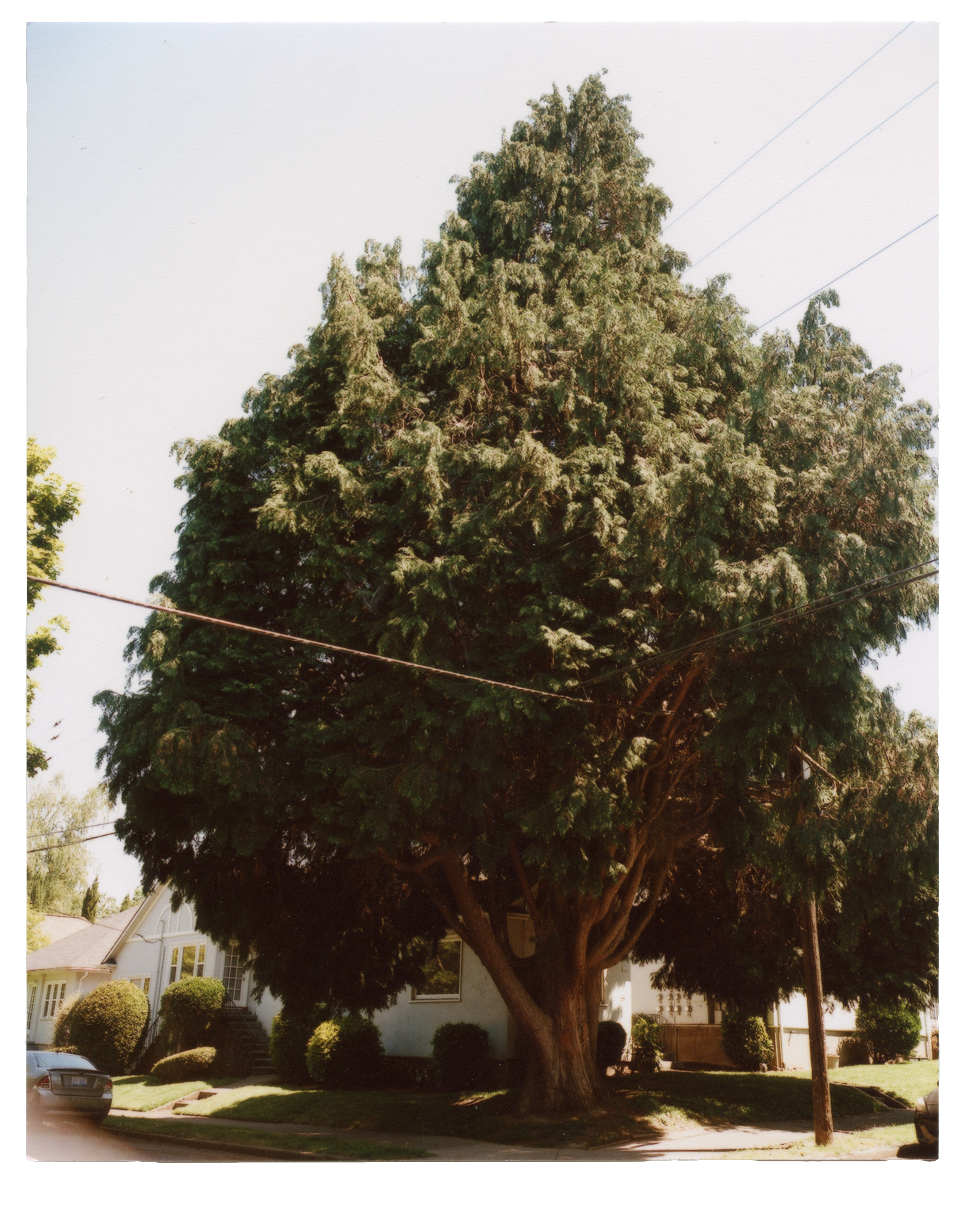

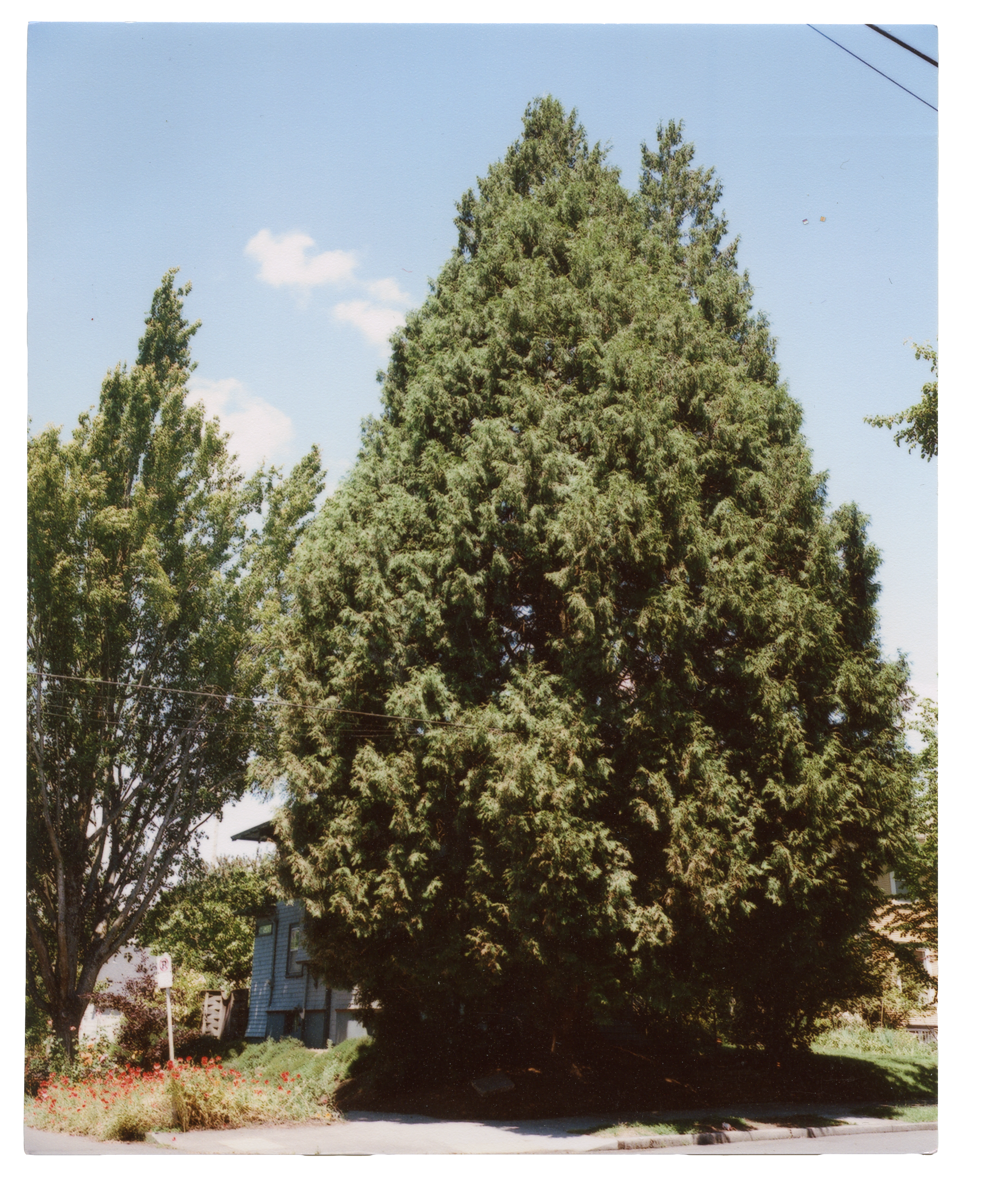

Found photos of street trees in “Portland”.
(another list) walk begins a half hour before sunset. I’m checking the ground for fruit sounds: rot (squish), small flies (buzz); looking for pollinators. Heat wave, thirsy bean bed, cooled off in sparkling river water with the boys. Sweet pea and lupine seed saving. Trees that belong to no one. Everybody eats.
BEARING FRUIT
I started looking for fruit trees more intentionally when I moved to “Portland”, using the website Falling Fruit as a guide to what edible things were available around me. I found that this city has a large number of fruit trees, many of which either didn’t seem to belong to any one home or, if they did, had owners willing to share their abundance when asked.The more I looked into it, the more I learned about the various entanglements of street trees. For instance, the term botanical sexism, or heat islands, a phenomenon that occurs in many urban or suburban areas in the United States with sparse tree cover. “Buildings and paved surfaces – like major roadways, uncovered parking lots and industrial zones – amplified heat, while large parks and other green spaces cooled down the surrounding areas. In cities like Baltimore and Washington, some of the hottest temperatures were recorded in dense residential neighborhoods with little tree cover and plenty of asphalt to absorb and radiate solar energy” (Summer in the City Is Hot, but Some Neighborhoods Suffer More). These heat islands have associated health risks that only increase as climate change intensifies.
Shade is often understood as a luxury amenity...but as deadly, hundred-degree heatwaves become commonplace, we have to learn to see shade as a civic resource that is shared by all. In the shade, overheated bodies return to equilibrium...for people vulnerable to heat stress and exhaustion — outdoor workers, the elderly, the homeless — that can be the difference between life and death. Shade is thus an index of inequality, a requirement for public health, and a mandate for urban planners and designers.
Shade, Sam Bloch
Street trees that are planted for shade and aesthetic may not ever live to old age. Although they are often cared for and maintained in their youth, in their often concrete-bound homes, many will remain shallow-rooted, and without support from communities of mycelium, microbia, and all the small things that bury themselves in the soil (The Hidden Life of Trees, Peter Wohlleben).
ON THE POSSIBILITY OF LIFE...
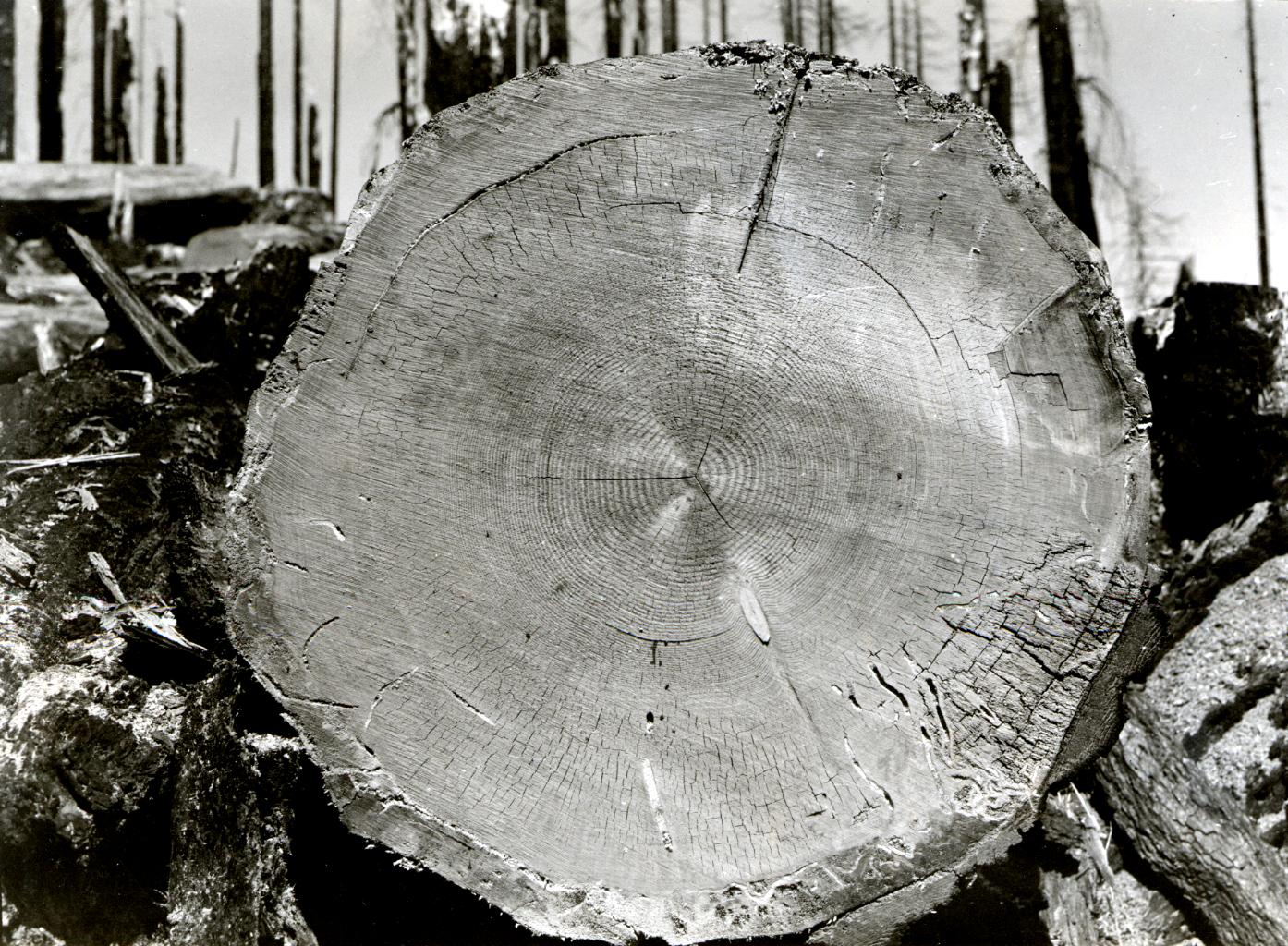
While looking for fruit in the city, I often encounter disturbance. These sites are also called ruderal ecosystems (Latin for ‘of the rubble’), heavily disturbed, marginal lands in which a limited number or type of species can thrive. When systems become unrecognizable through change and disturbance, “invasive species” often take a foothold, but these species cannot be understood in isolation. One of my favorite spots, a short trail on the perimeter of a golf course, is home to blackberries, wild fennel, wild pea, and numerous other species. They stretch and entangle with each other, in the tight corridor between a busy road and the carefully cut lawn. I have found so much life here, amidst the weeds.
In The Mushroom at the End of the World, Anna Lowenhaupt Tsing describes the various collaborations of life in the forest as an assemblage. She writes, “...rather than limit our analyses to one creature at a time (including humans), or even one relationship, if we want to know what makes places livable we should be studying polyphonic assemblages, gatherings of ways of being. Assemblages are performances of livability.” Once we understand the value of these lives on the margins, lives that entangle us in performances of livability, perhaps we might learn how to collaborate with them.
Coming in 2023
